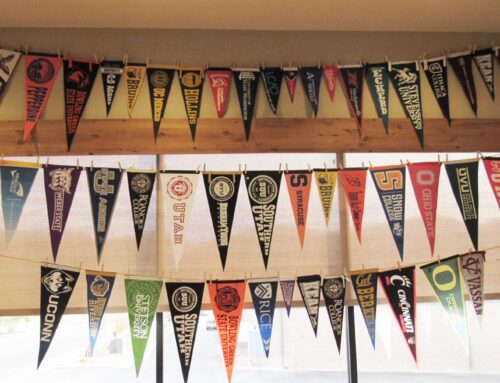As a public education teacher for 18 years, most often I was very limited on how I was able to assess my students. More often than not, the standardized test at the end of the year dictated how I would assess learning in my classes; we had to make sure the students were prepared for the testing they would receive in the Spring. This often required using multiple choice assessments. While multiple choice testing does have it’s advantages, moving away from them has allowed for more in-depth and realistic assessments of student learning.
Multiple choice testing does have its advantages, which is why it is so prevalent in education today. It allows for a wide breath of assessment by quickly allowing an instructor to test a wide range of objectives in a single assessment (Koebler). Multiple choice testing is also cost effective in that it does not require many materials to assess your students, and the assessments can be used for multiple years. It also saves the teacher time, as these types of tests are much easier and quicker to grade than other formats (Koebler). In an environment such as Sunrise, both these advantages are not as relevant as in public education. Class sizes are much smaller, so this format is not as cost effective as it would be in larger settings. I am also able to use small and more numerous assessments because of the smaller setting. This has made me move away from the larger, multiple choice assessment format to using essays and projects as the basis for my assessments.
One of the many concerns I have had with the multiple choice format is that it exposes students to the wrong answers, which then might get ingrained in their thinking (Roediger & Marsh). The very nature of multiple choice testing is that students have to pick the correct answer out of a selection of incorrect answers. If they do not know the right choice, they guess. Even with immediate feedback, they can assume wrong answers to be right. Also, by guessing the student doesn’t have to fully know the material; she just has to know enough to choose the best option given (Roediger & Marsh). By using other formats, students are not able to guess; they either know the material or they do not. Their knowledge also has to be more in depth, because I am often requiring them to create something from their knowledge. They do not get to pick ready-made answers; the answers come from them.
Lastly, it is often evident that the multiple choice format of testing does not prepare students for the real world. In life, there is not always a clear right answer; and you are not often given many options to choose from. No, you have to be able to brainstorm and come up with the answer yourself. This is something I try to instill in my students. I also try to teach them that the world is often ambiguous in that there might not be a “right” answer, or there might even be more than one; and even more difficult, the topic might be subjective with a variety of ways of looking at it. By using more open-ended assessments, students can learn how to handle the ambiguity of the real world.
Sunrise has been a wonderful environment for education as an educator I am not required to use the multiple choice format for assessing student knowledge. I am not teaching students to just prepare for standardized testing. I am preparing them for college and beyond.
–––
By Jeff Rohwer, Social Studies Teacher at Sunrise Residential Treatment Center
Resources
- Koebler, Jason. “Do Multiple Choice Questions Pass the Test?’ High School Notes. US News. November 28, 2011.
- Roediger, Henry L. III and Marsh, Elizabeth J. “The Positive and Negative Consequences of Multiple-Choice Testing.” Journal of Experimental Psychology, 2005, Vol. 31, No. 5, pp. 1155-1159.

